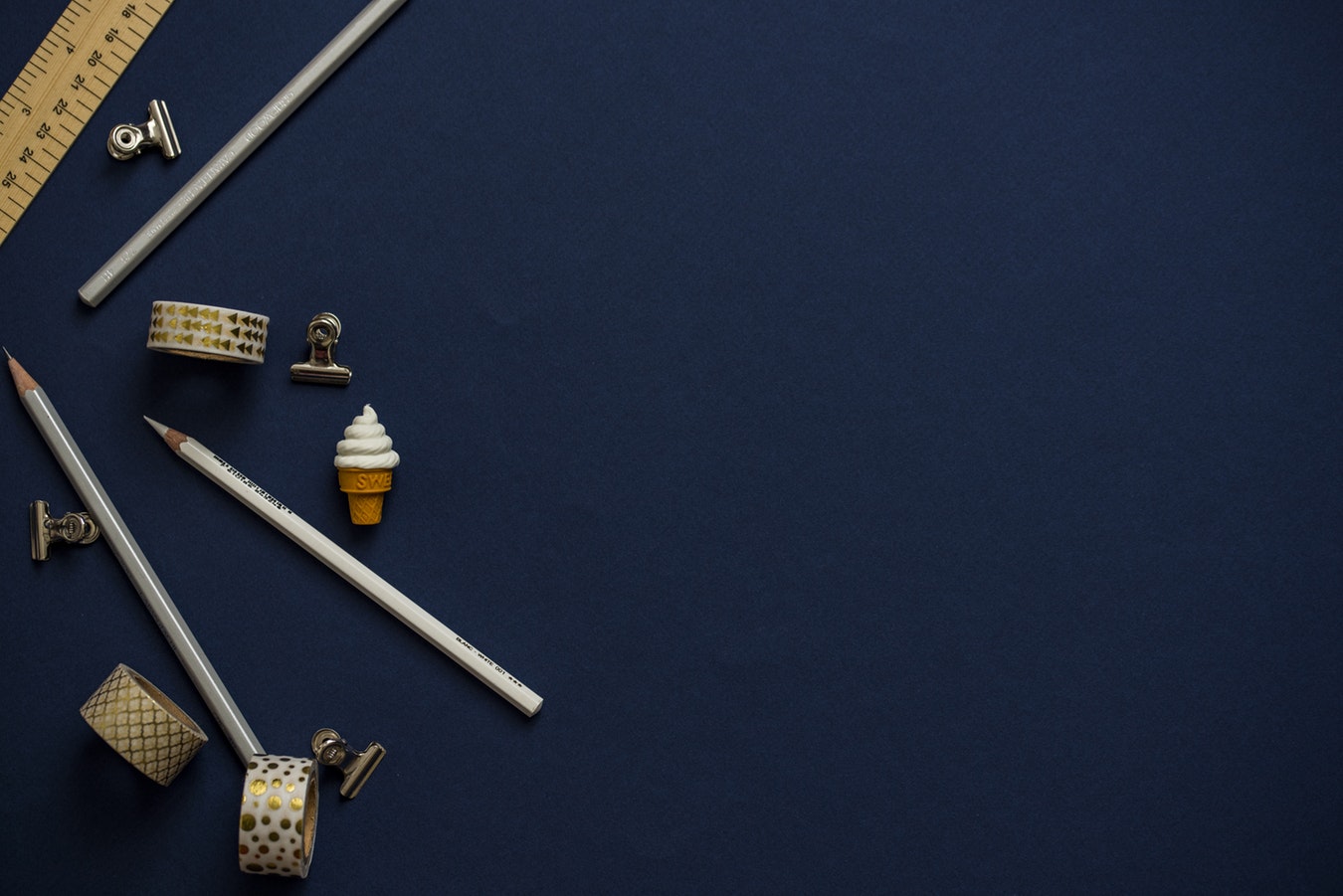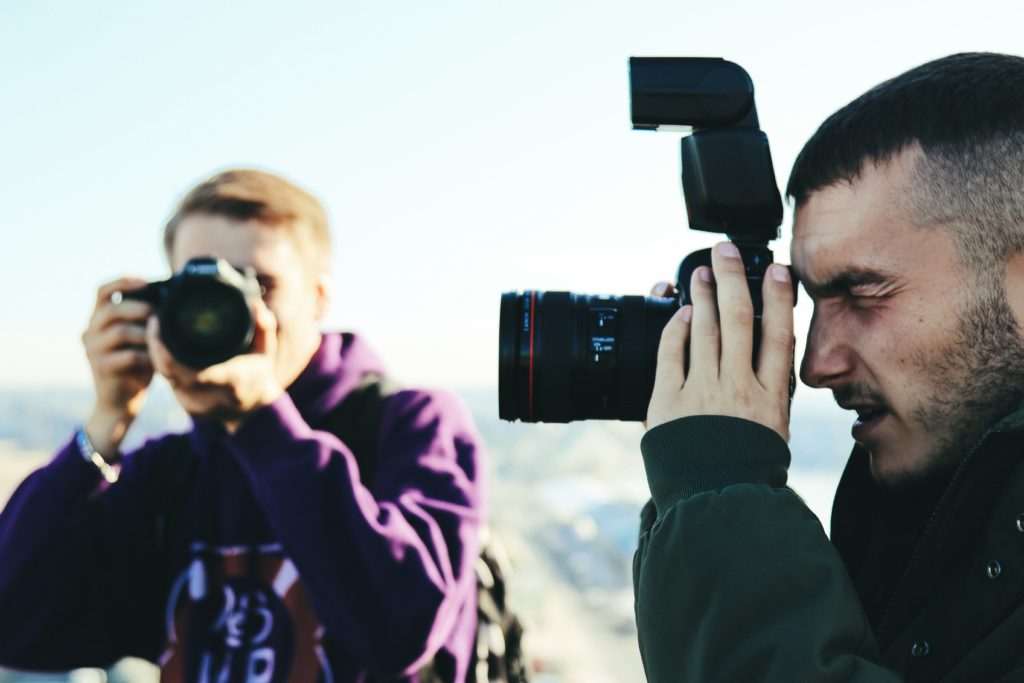In photography, just like in real life, there are times when it makes sense to break the rules. No matter how great your photography is, if you always stick to the rules of composition, chances are your photos tend to look too perfect and hence a little bit boring.
In order to get out of a rut and do something more innovative when it comes to your photography, you can think about breaking some rules that us photographers usually stick to.
The following 5 tips can help you refresh your shooting routine and become more proficient in your composing skills:
Break The Rule Of Thirds
A basic rule of composition is something that probably every photographers knows well. This rule says that we should divide our frame into thirds and then place the subject at the intersection of the lines. These intersections are called “sweet spots” and they are supposed to be most pleasing to the eye. However, it shouldn’t be always like that.
Powerful images can also be created by placing your subject in the very center, especially when there is symmetry or if you want to emphasize in a dramatic way the importance of your subject. Breaking the rule of thirds can work in any genre – they are many breathtaking portraits and landscape with centered composition.

Tilt Your Camera
In landscape and architectural photography (and sometimes in portraiture as well), keeping the horizon line straight is a very important rule of composition.
However, breaking this crucial rule can result in extremely unusual and dynamic images, with a strong sense of movement. Tilting also adds a vibe of excitement to a composition and it works well when there is a strong horizontal element that can stabilize the composition. It’s good to keep in mind that tilting, no matter how fun it is, shouldn’t be overdone. It makes sense to use it only if it improves the composition.

Embrace The Negative Space
Photographers are often trying to fill their frames and get close to their subjects as much as possible to avoid showing any background element that doesn’t belong to their idea. However, leaving a lot of negative space around the subject can sometimes have the opposite effect.
Negative space allows the subject to ’’breathe’’ and it is also directing the viewer’s eye towards the central part of the photograph. At the same time, making your subject “small” can sometimes have the purpose of storytelling, especially if you’re trying to depict the sense of scale.

Consider Low Contrast
We tend to avoid using a low contrast between a subject and its background because we’re afraid that our subject might ’’get lost’’. But there’s nothing wrong with getting lost; if a subject looks like as if it’s about to disappear, this can create a surreal, dreamlike atmosphere. This kind of technique can look marvelous in portraits if you want to show the fragile side of your model.
It can be also used in high-end product photography (especially when it comes to cosmetics and perfumery), because low contrast enhances the sense of subtlety and elegance.

Use Busy Backgrounds
Having a clean background looks like a perfect condition for any kind of portraits, but it is always like that? Even though a simple and clean background minimizes our chances for making mistakes in portraiture, it’s not always a good choice. For instance, if we’re shooting environmental portraits, it makes sense to show as much backgorund as possible, because the background in this case has an important role in storytelling.
Using a busy background can also introduce a sense of movement and chaos, which is also important in photojournalist and other candid genres.

If you’re looking to break the rules of composition in your photography, the first thing you show have in your mind is that your aim is to improve your shots. Before you grab the camera and start shooting, take some time to think and plan your photographs and then decide what’s your goal, what are you looking to achieve.
In majority of cases, breaking the rules works great only if you know why you decided to break them.
Also, if you want to learn all of the fundamentals of composition (and not just breaking them!), you should consider Photzy's Advanced Composition guide.







1 Comment
Deb,So pleased you listed the rule of thirdsI’ve been shooting for 40 years and haden’t a clue as to what it was.Nor do give a damn.
Love your blog and I send it to my students.
/Users/melchiordigiacomo/Desktop/13248350_10208618337793324_4266747392013369257_o.jpg